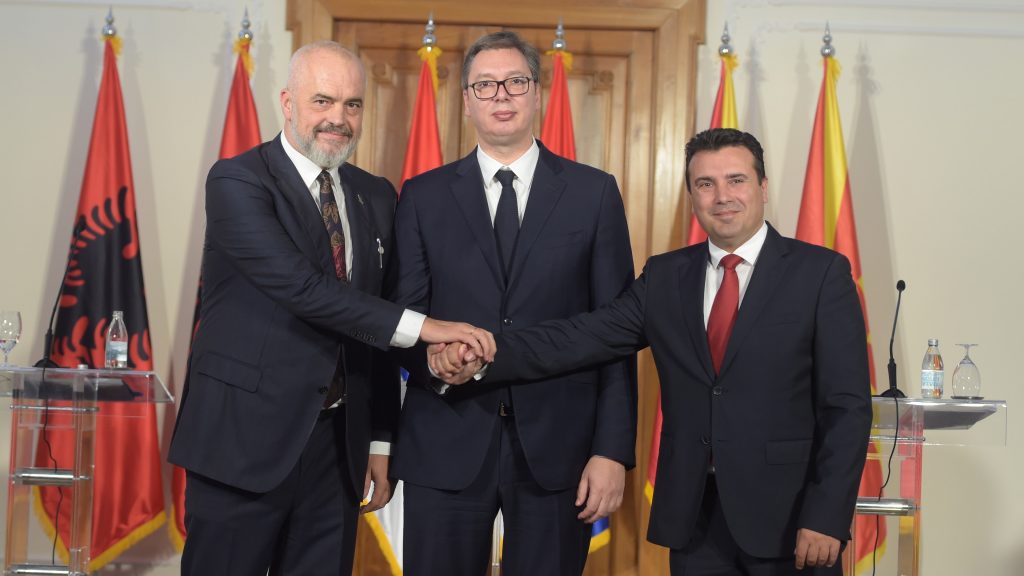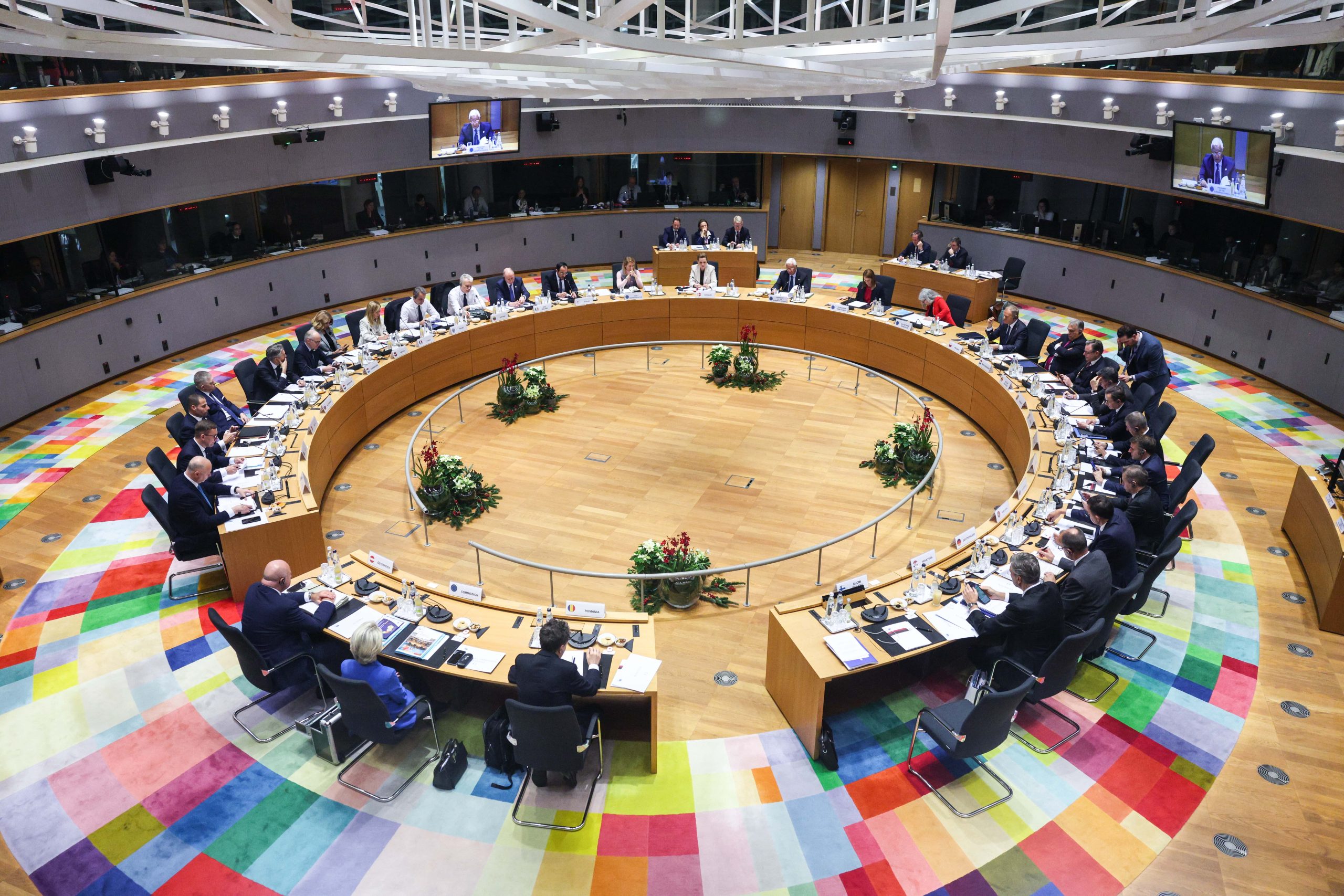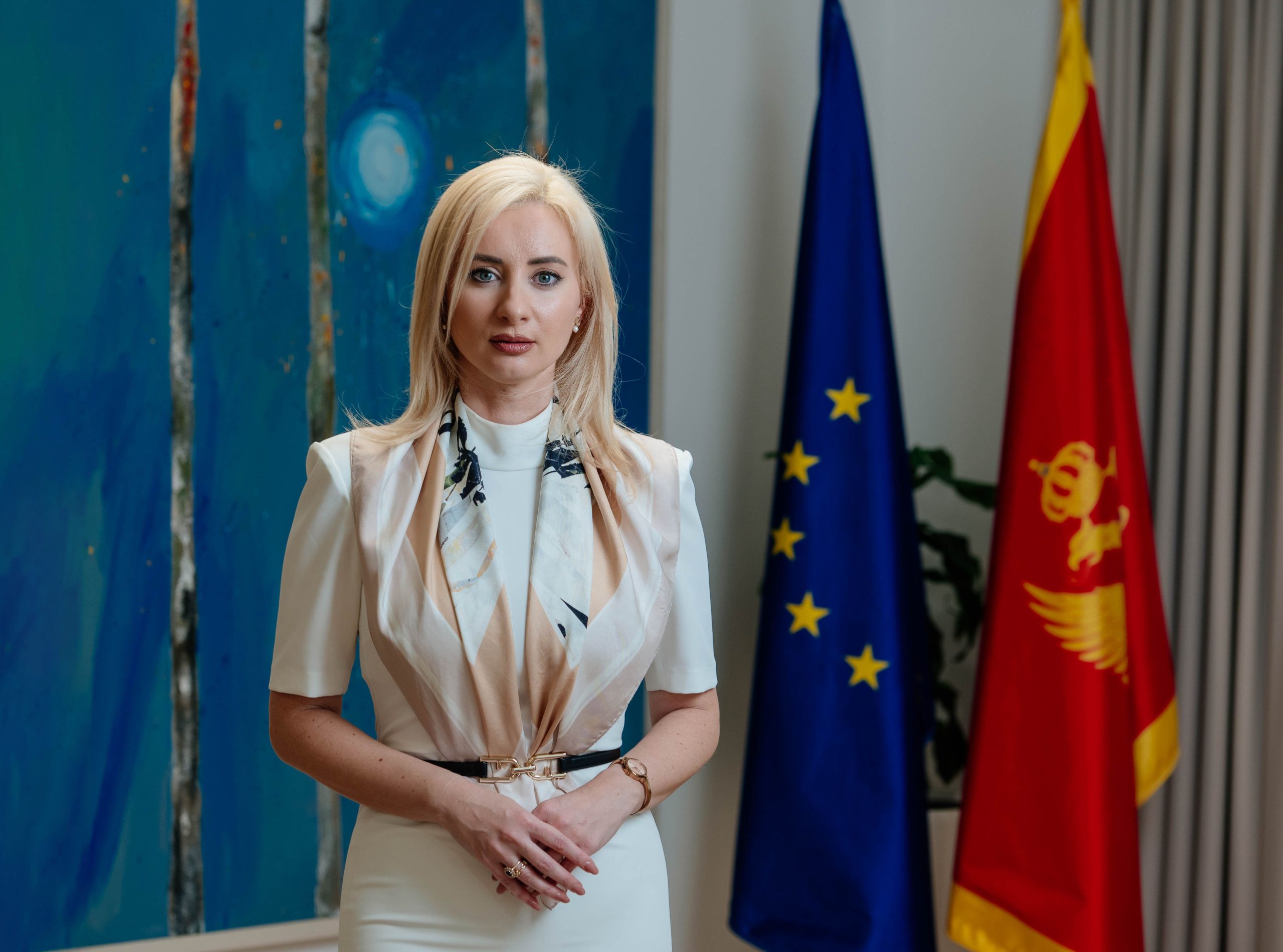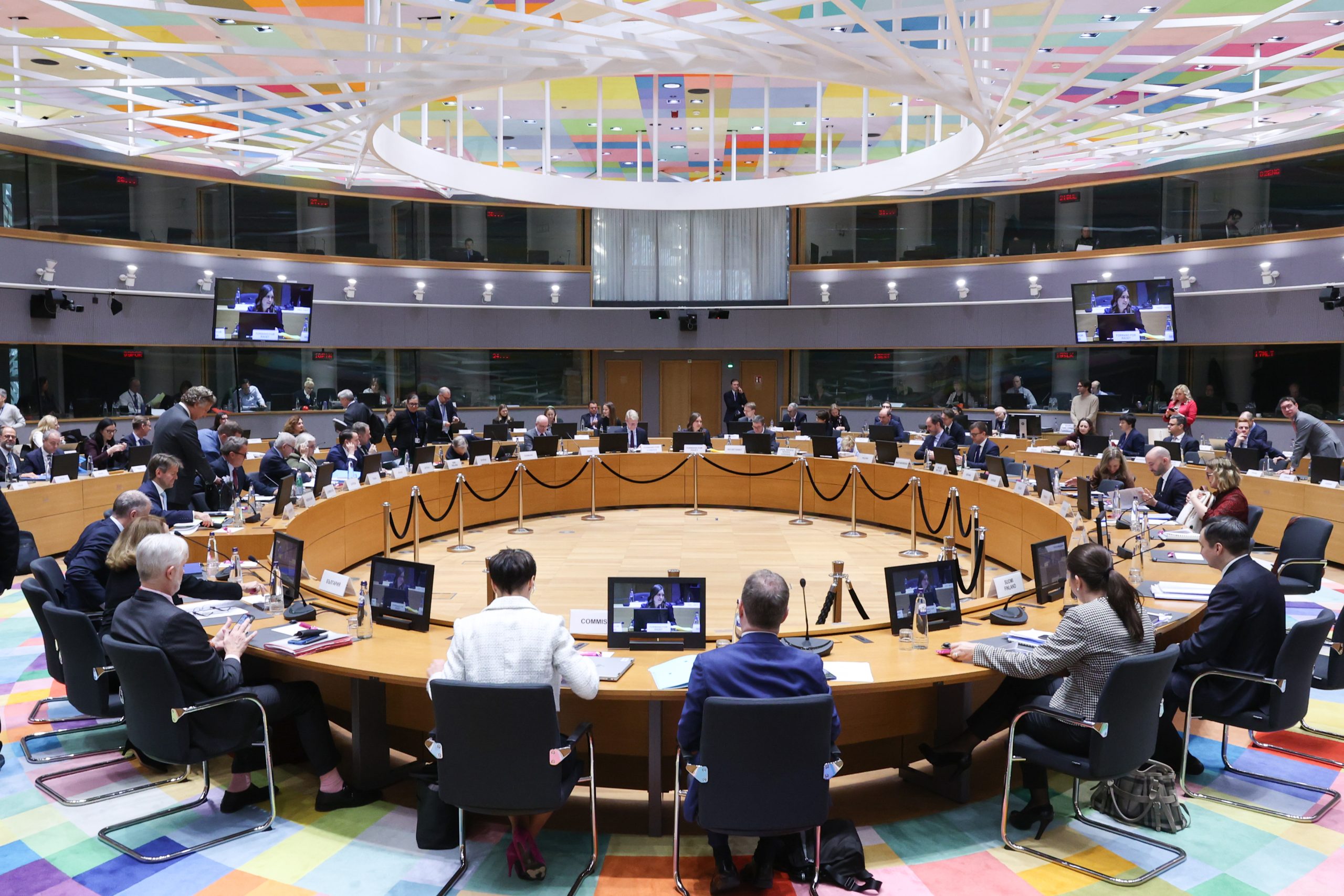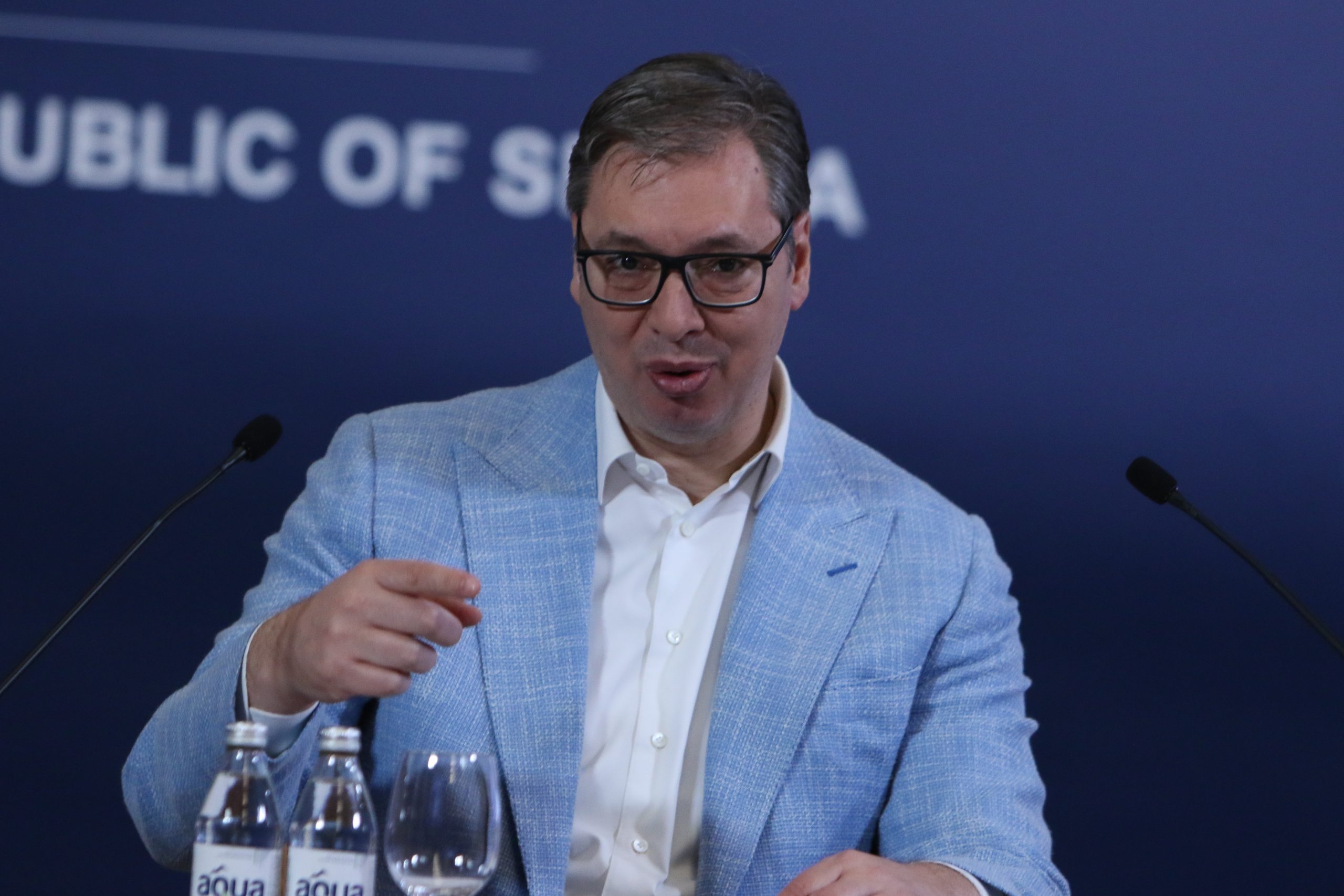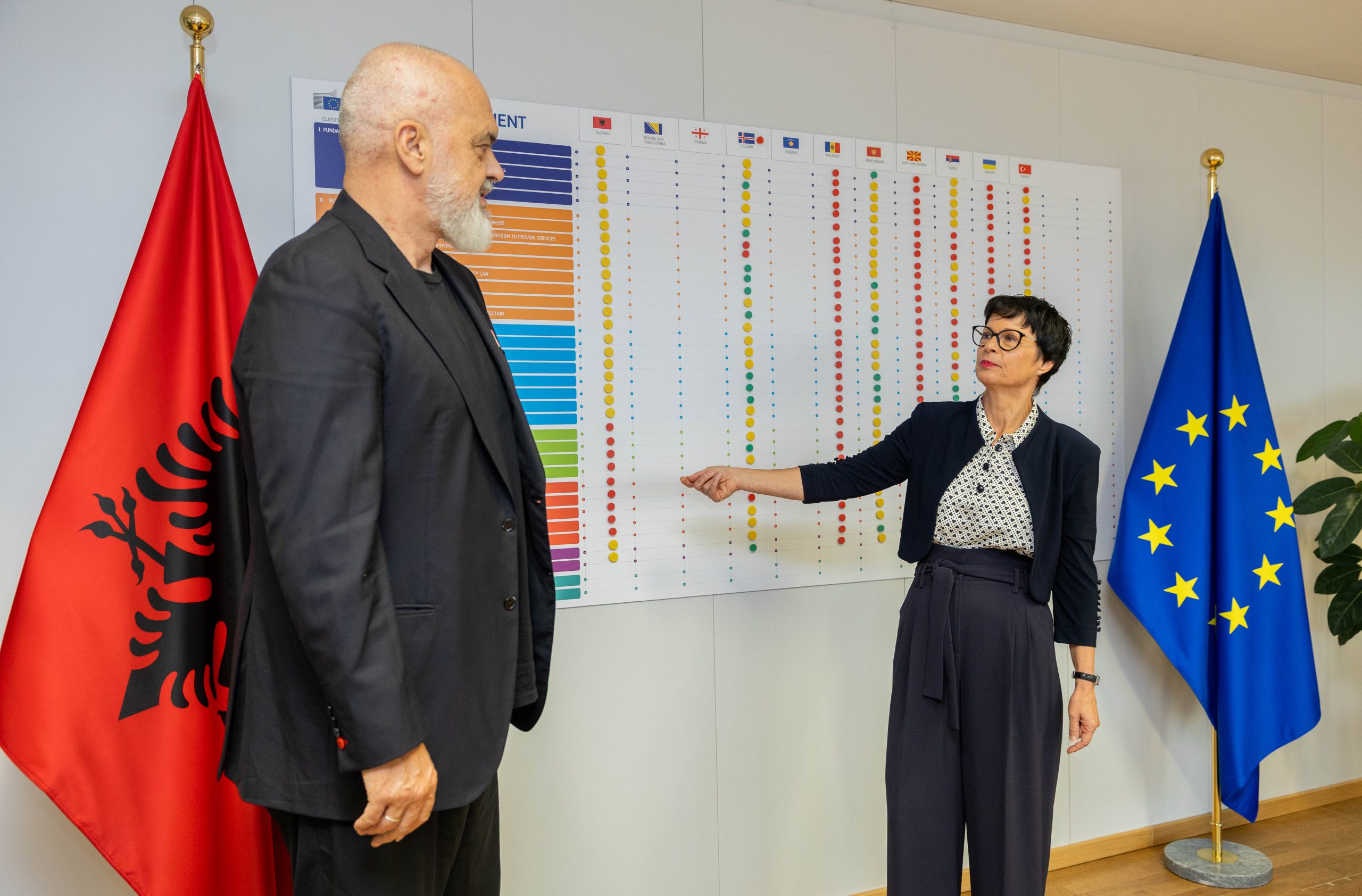Among more than 70 regional cooperation initiatives, the so-called “mini-Schengen” has stood out as soon as it appeared in the second half of 2019. Even though it had been a hot topic starting in October, there have scarcely been any mentions of it in the past two months. Why is the Serbian, North Macedonian and Albanian strategy of joint economic development, with a concept of further removing the various barriers to business in their three countries not in the focus anymore?
After meetings of President of Serbia Aleksandar Vučić, Prime Minister of Albania Edi Rama and then-PM of North Macedonia Zoran Zaev in Novi Sad in October and Ohrid in November, the next meeting of the initiative was expected to take place in Belgrade in late January or early February 2020, but did not materialize.
European Western Balkans talked to Research Director of the Cooperation and Development Institute in Tirana Ardian Hackaj and President of the European Movement in Serbia Jelica Minić who have agreed that external factors and other developments are getting in the way of “mini-Schengen”.
“First, the public attention has shifted towards practical and concrete connectivity measures such as the agreements on rail and air links signed between Serbia and Kosovo. Second, as no technical paper on what the ‘mini-Schengen’ can look like has been produced or distributed yet, all the arguments available to its proponents beyond this ‘nice Balkans initiative’ have been exhausted”, explained Hackaj and added that in the London EBRD summit two weeks ago what made the headlines was a figure of speech about how “mini-Schengen” is not the appropriate term for the tall Balkan people. “That tells you something”, says Hackaj.
Minić agrees, adding that there are also many open crises in the region.
“We have a situation in Montenegro where a great polarization has happened. We have a situation in Bosnia and Herzegovina where relations between the two entities are strained. As well as the pre-election atmosphere in Serbia and North Macedonia, so it seems as it is not a good time to further force the story of ‘mini-Schengen’”, highlights Minić.
‘Mini-Schengen’ and Regional Economic Area
However, even though the initiators announced the idea of ‘mini-Schengen’ as their own, it did not go unnoticed that this initiative resembles the Regional Economic Area (REA) already in motion with the help of Regional Cooperation Council (RCC), since the 2017 Trieste Summit under the Berlin Process. The arising question is what makes “mini-Schengen” different than REA.
Minić explains that REA actually received the support of all six Western Balkans partners, which is not the case with ‘mini-Schengen’. Kosovo is refusing to join the initiative and Montenegro and BiH are still in the process of making their decisions.
With RCC’s coordination and monitoring implementation of the Multi Annual Action Plan, all the CEFTA measures are reflected in the economic dimension, but more than that, REA has the social dimension and digital agenda that gives added credits to REA in comparison with CEFTA, which is explicitly an economic agreement.
RCC explained that for them, the regional cooperation is a developing story.
“Regional cooperation becomes meaningful once the final end is EU integration. As enlargement is about connecting markets and people, we believe every initiative to the resolute dismantling of the barriers within our region has to be considered. Therefore. we keep our eyes and ears open to every single proposal of every economy in the region and will continue to do so”, stated RCC.
CEFTA and “mini-Schengen”
However, since Kosovo introduced 100 per cent tariffs on goods from Serbia and BiH, regional cooperation has dropped, having in mind that even though all the WB countries including Kosovo are a part of CEFTA agreement, CEFTA does not have the ability to sanction taxes. Therefore, “mini-Schengen” appeared, stressed Minić.
“‘Mini-Schengen’ came after the regional cooperation slowed down, since the introduction of 100 pre cent taxes on goods from Serbia and BiH largely blocked regional cooperation not only in the area of trade, but overall. Sanctions are impossible because UNMIK represents Kosovo in CEFTA, and simply the mechanism does not work when it comes to Kosovo and the trade measures it implies”, says Minić but she highlighted that this can also be interpreted as an attempt to, in the given circumstances, give a new life to all the initiatives that had been launched previously.
Read more: Mini-Schengen: Hand in hand with the EU integration process, or its replacement?
Still, at the Munich Security Conference in February Kosovo PM Albin Kurti stated that “mini-Schengen” should be developing under the Berlin Process. Minić sees this as a position in which the Berlin Process would have given greater authority to the “mini-Schengen” if support came from them.
“However, there are also some reservations that there has been some overproduction, proliferation of various overlapping, coinciding regional initiatives, which is true in this case. But the question arises as to why this came about, whether there was any reason? Is this an attempt to revitalise the regional economic area, in this respect this initiative makes sense, because we had a demonstration by the leaders of the three members of the WB6 that they are ready to intensify the process again”, explained Minić.
Hackaj is highlighting that Kurti is not the only one saying that “mini-Schengen” should be under the Berlin Process.
“There is an inflation of regional cooperation initiatives where SEE6 countries are members – currently we have counted 71. For an idea to become reality it needs a strategy, an action plan, detailed objectives, measures, indicators, benchmarks, available financial resources and qualified staff. We have all those in CEFTA and RCC. Berlin Process since 2014 provides the political backing while EU Commission offers the financial support”, says Hackaj and adds that he agrees that both the Berlin Process and Enlargement need to be reviewed to adapt to the context on the ground, but at least the resources they provide are available now.
How Kosovo fits in the ‘mini-Schengen’?
However, Kurti is not the only one opposing the idea of joining “mini-Schengen”. President of Kosovo Hashim Thaçi wrote on Facebook that the initiative is meaningless as long as Serbia and BiH do not recognize Kosovo and added that Kosovo does not want to exchange its Euro-Atlantic perspective for a regional one. “Kosovo was deliberately overlooked by Serbia at the First Summit of this new regional initiative. Second, Kosovo’s only vision remains the EU and NATO membership. Therefore, we do not want in any circumstances to replace our Euro-Atlantic perspective with any regional initiative”, stated Hashim Thaçi on Facebook.
On the contrary, the Prime Minister of Albania Edi Rama said that the initiative was inclusive, did not exclude anyone and that any conditionality would be considered unacceptable. “If Kosovo needs respect, integration, economic development, this is the path”, Rama said.

Hackaj explains that beyond any political background behind its decision, referring to Albania PM, Kurti has declared that he wants to understand what has not been working in the bilateral level before jumping on a new multilateral agreement.
“It should also be added that the way this initiative started in Niš, it was perceived by the not invited SEE6 countries as a Three + Three one, even if it was crystal clear that they were welcome to join anytime”, says Hackaj.
Minić thinks that Kurti simply should be given some time and that slowly some hard positions towards Serbia are being modified, such as the attitude about 100 per cent customs on goods from Serbia and BiH.
“There is clearly a shift. It is possible that if the climate in the region improved and the attitude towards the ‘mini-Schengen’ would change, because some of the first reactions were that this initiative is ‘once again restoring Yugoslavia’, also that ‘Serbia again has pretensions through the ‘mini-Schengen’, which I think is not the case because this is just giving some new life to the Regional Economic Area”, Minić underlines.
Some say that ‘mini-Schengen’ is a way to bypass the Serbia-Kosovo issue when it comes to economic cooperation. Minić says that it is quite the contrary:
“I do not think that this is bypassing the Kosovo issue, but giving the opportunity to solve some outstanding issues with Kosovo through ‘mini-Schengen’, not only Serbia but also BiH. Because, if Kosovo and BiH joined the ‘mini-Schengen’ initiative, the visa problem between Kosovo and BiH would automatically be solved. Further, under a multilateral arrangement, Kosovo would also be able to overcome the visa waiver and any political consequences of the move. Then, the much sought-after reciprocity would be ensured, because all ‘mini-Schengen’ countries would have the same mutual obligations”, explains Minić and adds that it could solve many things more painlessly than in a situation where there was no ‘mini-Schengen’.
Can we expect to see the whole WB6 in ‘mini-Schengen’?
Even though the “mini-Schengen” is supposed to be consisted of a set of measures that will contribute to growth and development of the countries of the region by introducing freer flow of goods, people and service, with the most prominent measures including a system which would allow travelling between the countries using only a personal ID, as well as working permits for the possibility to work in Albania, North Macedonia and Serbia, the other three countries of the WB6 did not join. Therefore the question arises how likely it is that they will eventually join the process.
Hackaj underlines that given their initial reaction to that idea, they would need to be convinced.
“The benefit they draw from ‘mini-Schengen’ would need to be explained to them. Then I guess they’ll calculate the costs, once more details about its functioning are made available. At the end of the day the decision to join or not, will be a cost-benefit analysis”, highlights Hackaj.
Even though the President of Montenegro Milo Đukanovic said in December that Montenegro is committed to regional initiatives and will participate in the “mini-Schengen” talks in the coming period, there has been a dispute between Montenegro and Serbia since the introduction of the Law on Religions Freedoms in Montenegro.
“There were signals coming from BiH and Montenegro that there was some willingness to consider ‘mini-Schengen’ participation, but unfortunately the circumstances in one very short period in the last 2-3 months made the story to be delayed, if not discarded”, Minić concludes.
